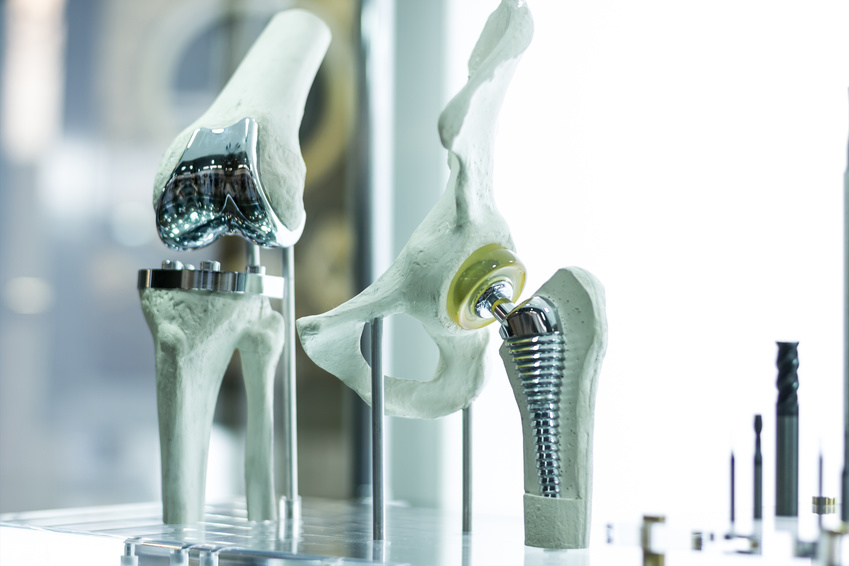No joint replacement is an easy task.
Having a joint replaced is a large surgery that can be both physically and emotionally taxing. The rehab and recovery requires a lot of patience, time, and effort to help reach your personal goals for everyday tasks and recreational activities. The list of things to do after surgery can be overwhelming, but below is a list of 3 important post-surgery tips.
1. Don’t under estimate the power of elevating and icing.
Post surgery, your leg will feel warm, swollen, and stiff. A large ice pack on your knee will help soothe some of those symptoms. Even if you dislike having ice on your knee, the warmth and swelling you will feel will make icing your new best friend.
Icing alone will not completely take the swelling down, which is where elevating your leg comes in handy. Putting your foot up on an ottoman or the back of the couch will help reduce some of the swelling. Elevating your foot higher than your heart is the most optimal position, allowing the effects of gravity to help get the excess swelling out of the knee. Reducing the swelling helps to make the knee less stiff and it makes it easier to perform your daily exercise program and daily activities.
2. Emphasize knee extension or straightening your knee.
The sooner you gain the ability to fully straighten your knee, the better your body will utilize the quadriceps or thigh muscle. This muscle helps with straightening your knee and contributes to overall leg stability to prevent your leg from buckling while standing. It is also one of the major muscle groups that controls your ability to get into and out of a chair, go up and down stairs, and perform a normal walking pattern.
3. Listen to your body.
You may have friends or family members that have had a knee replacement surgery and they willingly share their post surgical experience with you. Even with identical surgeries, surgeon, and post operative stay at the hospital, it does not mean you will have the same recovery experience. Every person and every knee is different. Therefore, the outcomes are different and depend on your activity level pre and post surgery, pain management, and compliance with your exercise program.
There is a general trend that most surgeries follow, but not every person fits that timeline or trend. Pain and/or stiffness will always accompany surgery for 3-6 months post op, but you need to take the time to listen to your body to know when you have had or done too much.
My take home message for most patients post surgery:
You must be willing to take on a new “part time job” which entails elevating your leg, icing, working on range of motion, and performing strengthening activities. There are a lot of things that can leave you discouraged. Making sure you have a good team including your doctor, physical therapist, and support system at home can make the experience a whole lot easier.
If you are looking for a therapist that can help guide you through the recovery of this surgery, or any other replacement, call one of our clinics to find a therapist that can work on an individualized recovery plan based on your post surgical experience.

